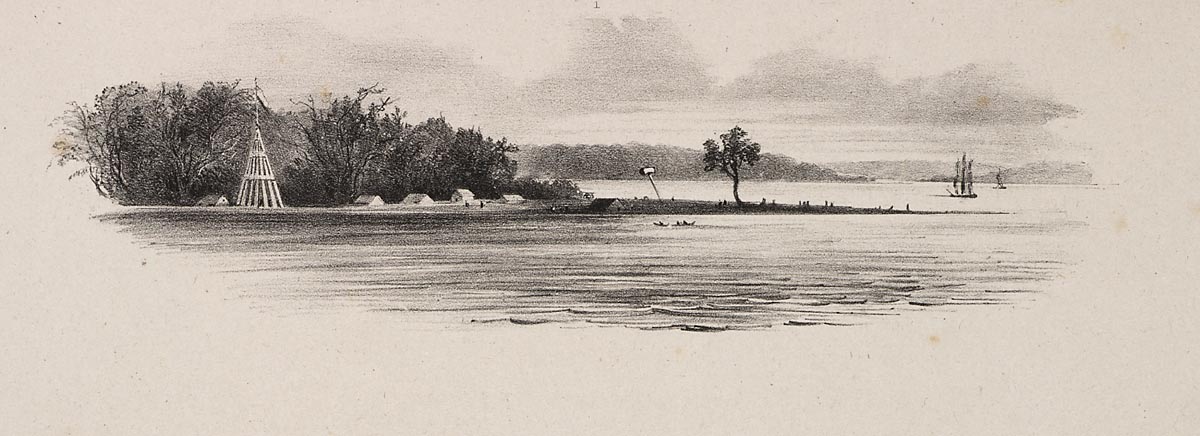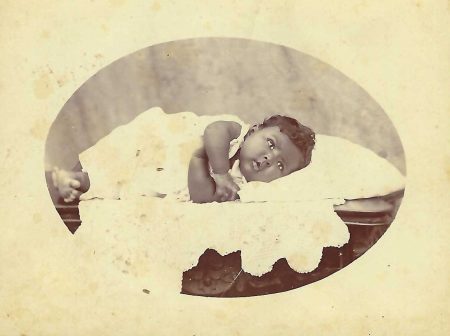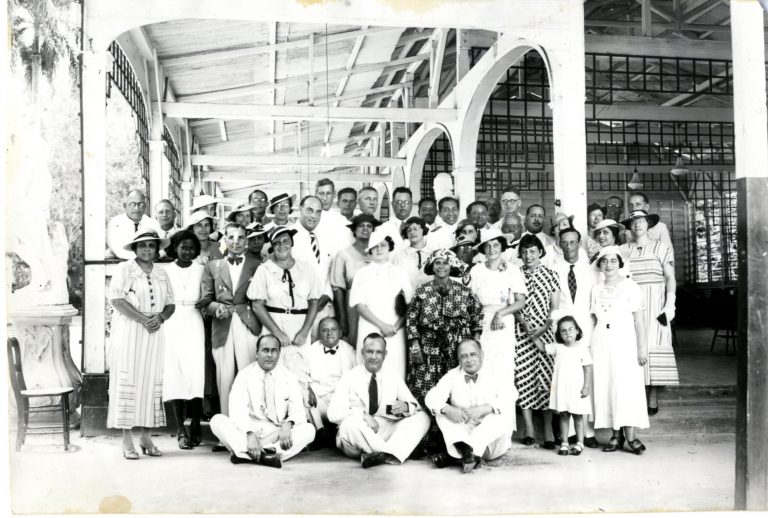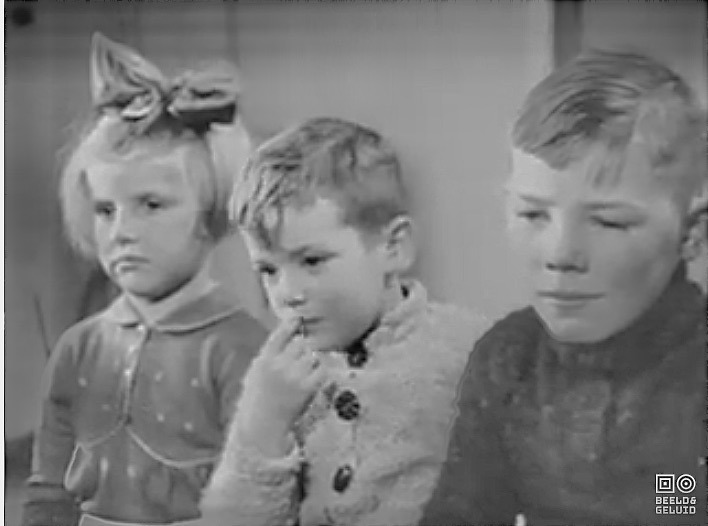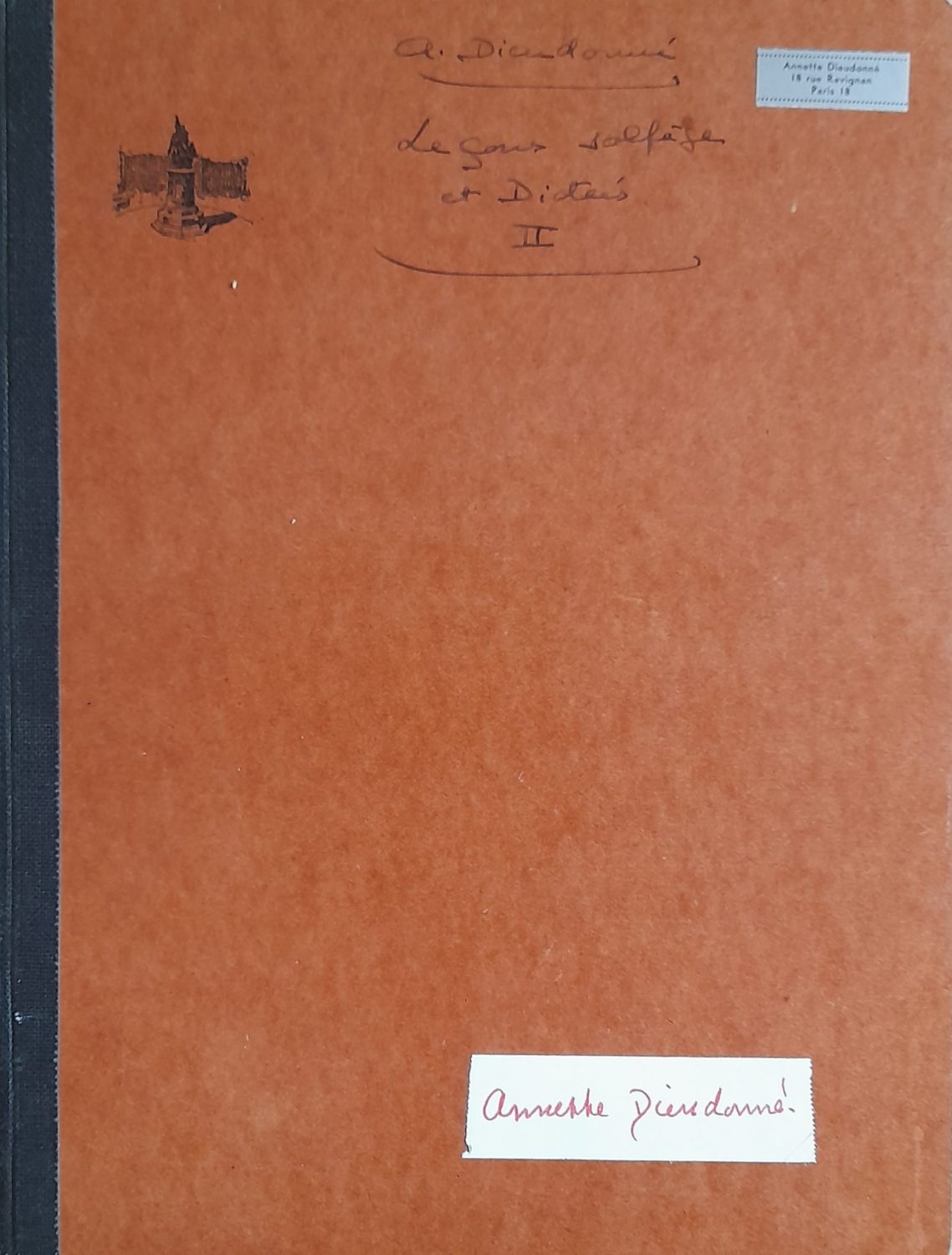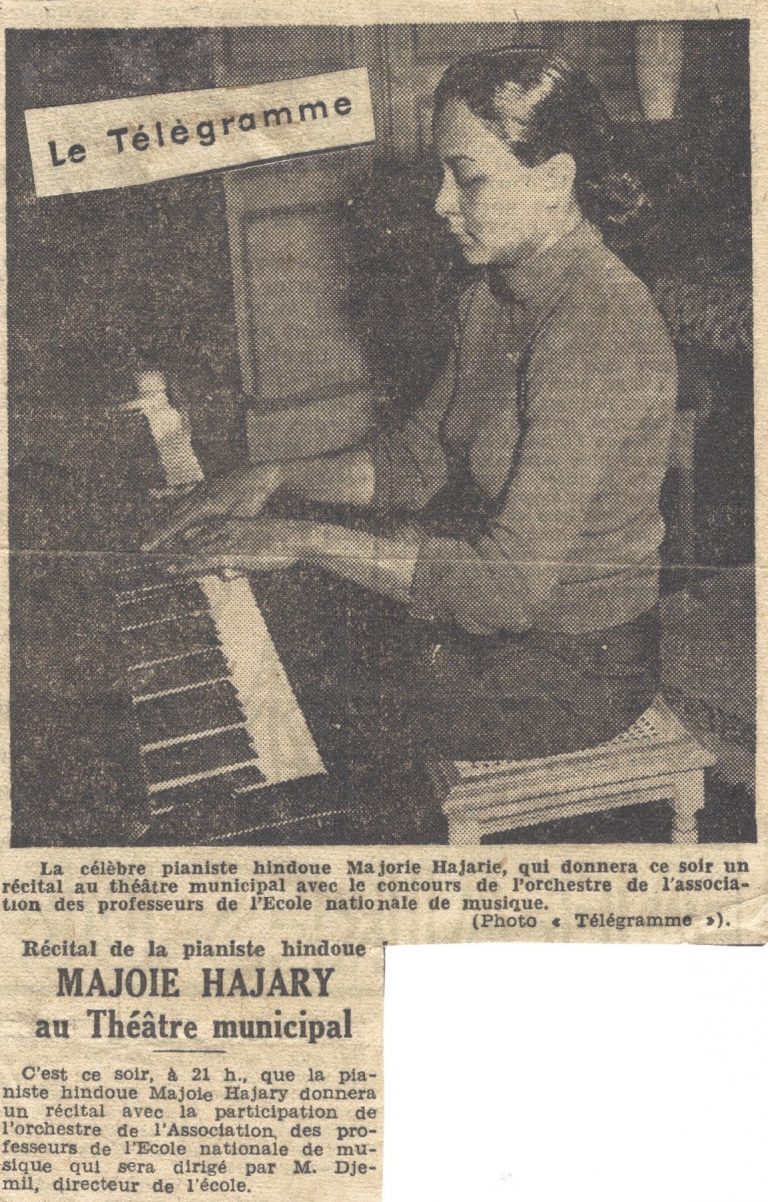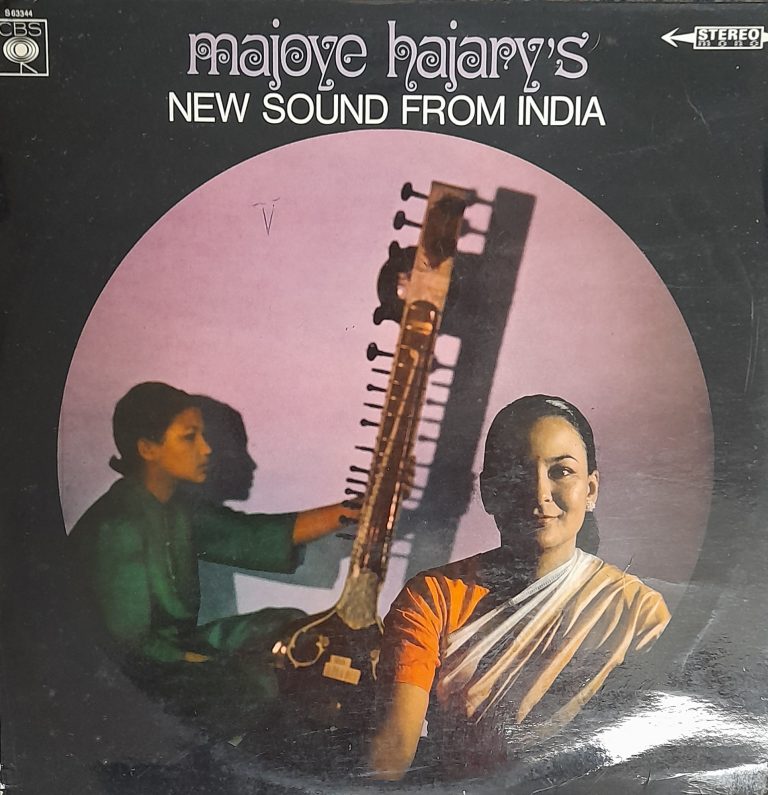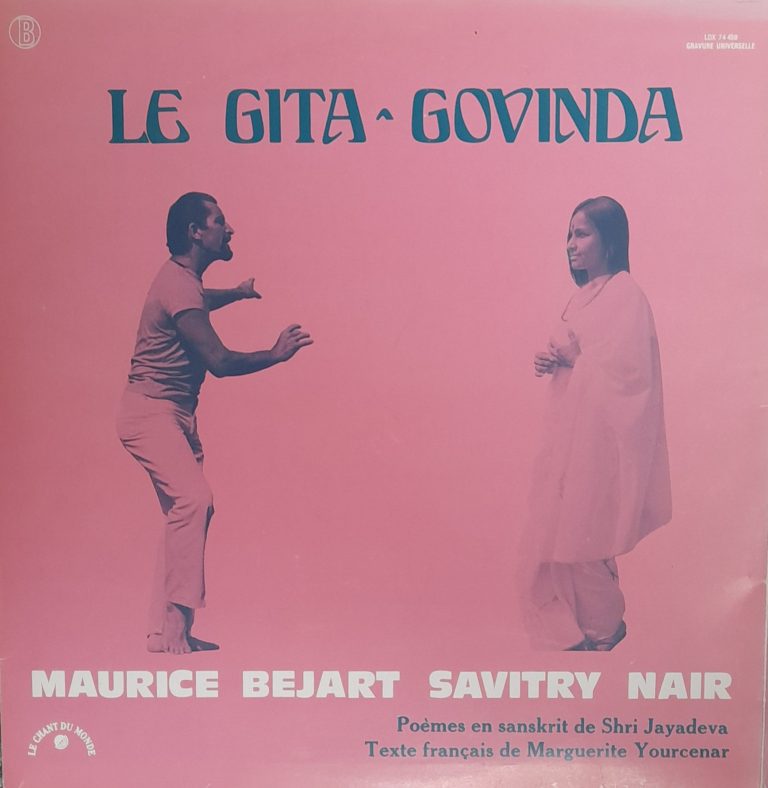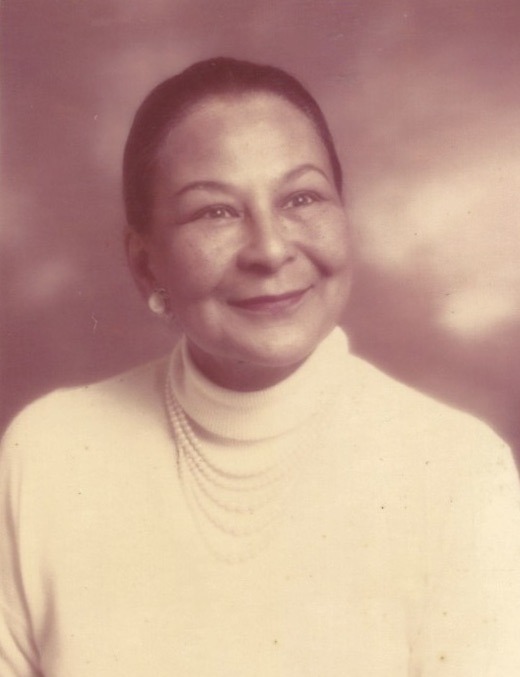In compiling this site, great care was taken to ensure that names, sources and copyrights were mentioned. Should you come across or recognise any of your own work without your name being mentioned, please contact the site administrator Ellen de Vries.
© ALL RIGHTS RESERVED ELLEN DE VRIES | WEBSITE BY: REINIER MATHIJSEN
